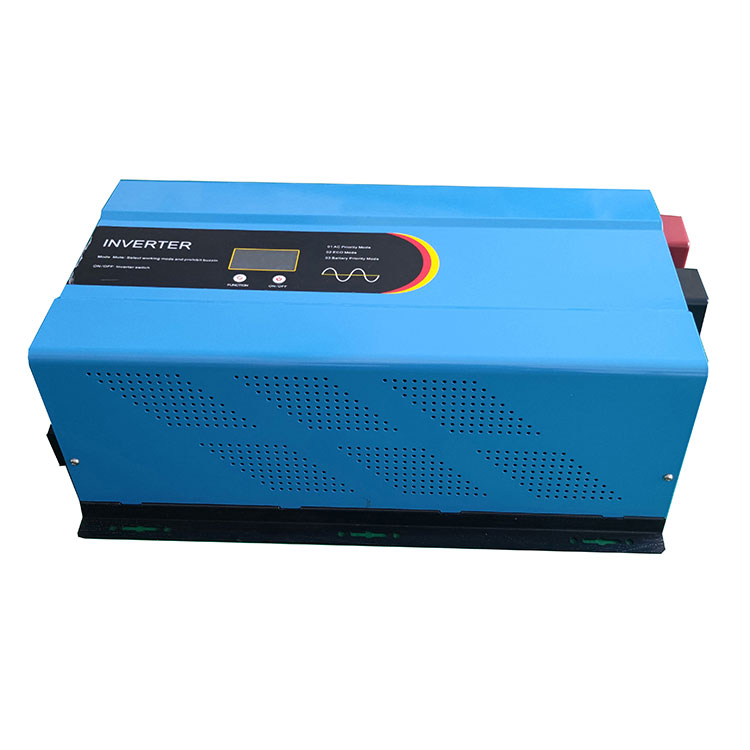Advantages of Inverter Without Charger
2024-01-15
In today's world, electricity is an essential part of our lives. Power outages and blackouts can cause great inconvenience, and in some cases, pose safety risks. For this reason, many people choose to use an inverter as a backup power source. However, not all inverters are created equal. One significant advantage of using an inverter without a charger is its versatility and cost-effectiveness.
Unlike traditional inverters that usually come with built-in chargers, inverters without chargers can be used with a variety of battery sizes and types. This flexibility is especially useful for those who already have a battery bank and want to use an inverter to power their appliances during power outages or camping trips.
Another advantage of using an inverter without a charger is its affordability. Inverter chargers can be expensive, and purchasing one may not be cost-effective if you already have a battery bank. With an inverter without a built-in charger, you can save money and still have access to backup power whenever you need it.
Not only are inverters without chargers cost-effective, but they are also reliable and easy to use. They are designed to be simple so that anyone can use them without the need for complicated installations or programming. The lack of a built-in charger means fewer parts that can malfunction, making inverters without chargers more reliable and less prone to failures.
Finally, inverters without chargers are available in a range of sizes and power ratings, making them ideal for both small and large scale applications. Whether you need to power a single appliance or an entire cabin, you can find an inverter without a charger that fits your needs.
In conclusion, if you already have a battery bank and are looking for a cost-effective and reliable backup power source, an inverter without a charger may be a perfect choice. Its flexibility, affordability, reliability, and ease of use make it a practical and versatile option for a wide range of applications.




